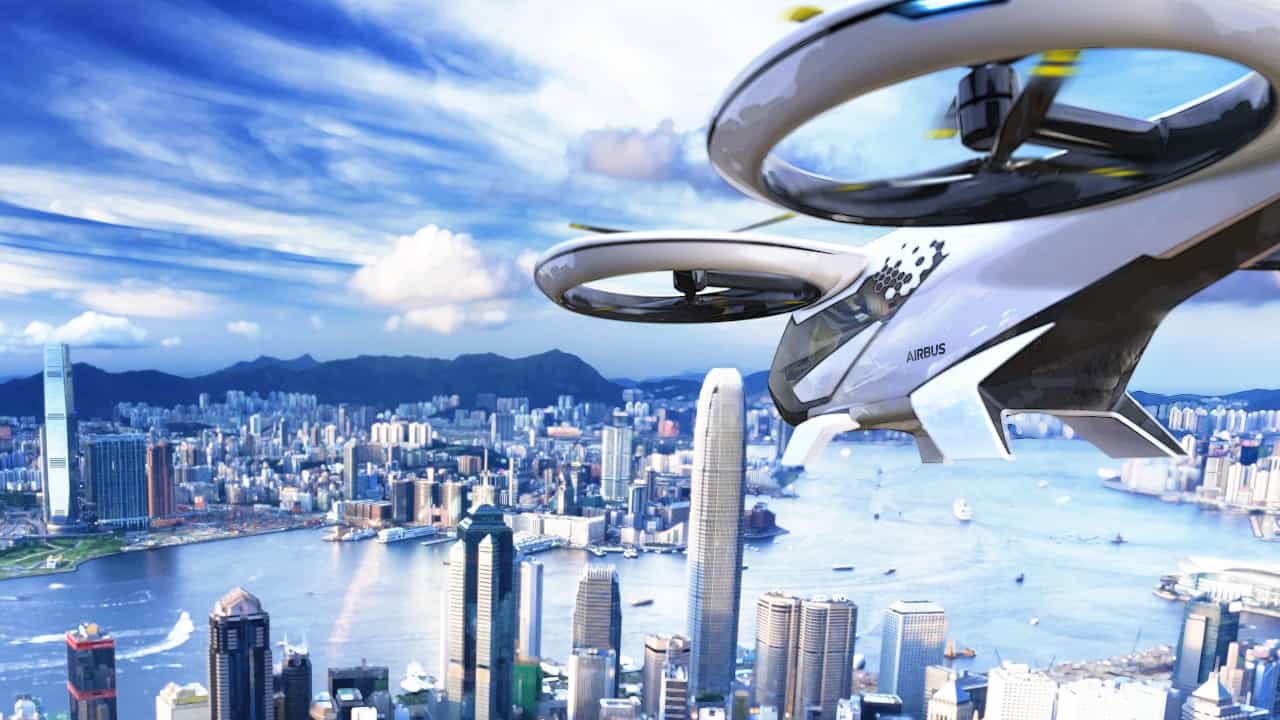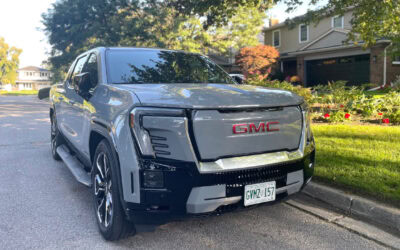In an enclosed course in Japan this past August, a helmet-clad pilot sat in the SkyDrive SD-03, a Toyota-backed flying car prototype. He urged it gently off the ground, circling the course at low speed for about four minutes before touching back down.
It was a far cry from the speeding, bubble-topped commuter cars and space-bikes featured in The Jetsons cartoons of the 1960s. But it was still a promising sign for a flying car market projected to be worth about $1 trillion by 2040.
One of the hottest trends in aviation
SkyDrive is just one of more than a dozen companies with flying car prototypes — including Uber, Airbus, Boeing and KittyHawk, from Google co-founder Larry Page — that have quickly become one of the hottest trends in aviation.
The technology is said to be close to market-ready, with some brands projected to launch as early as 2023.
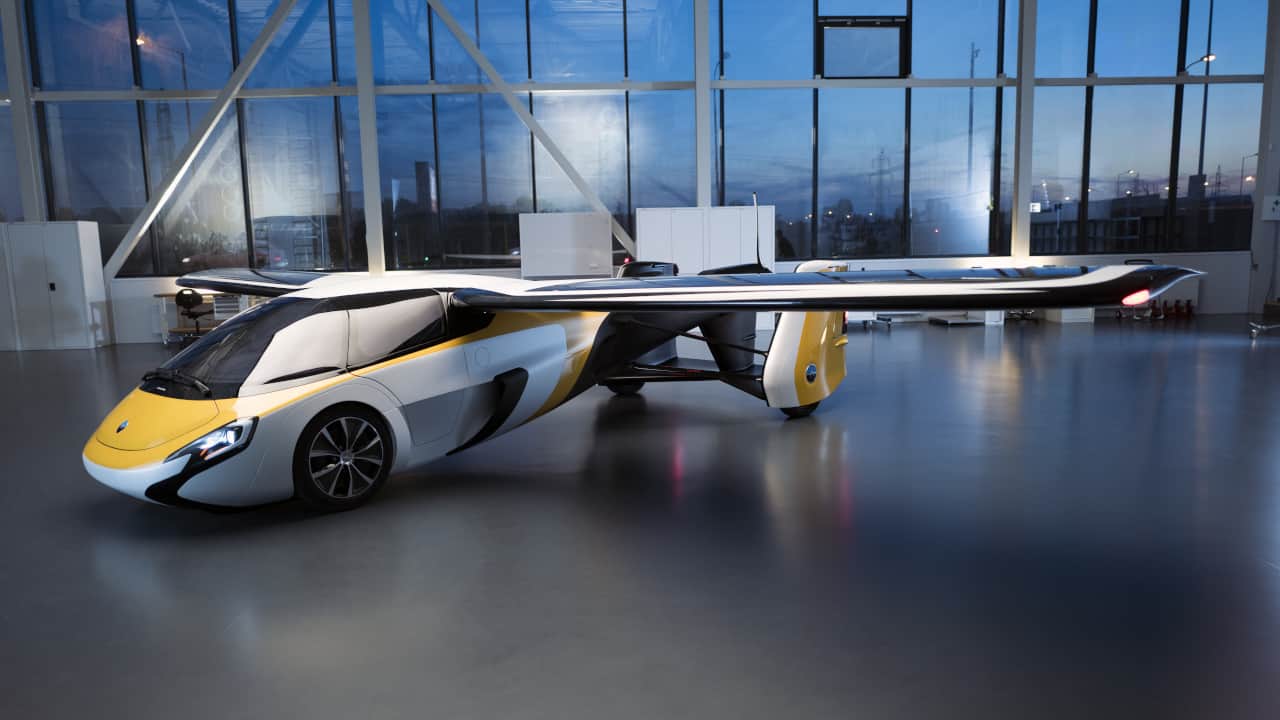
AeroMobil
It may seem like a wacky idea, but the hottest cars of the decade probably won’t burn rubber or fossil fuels. Their fully-electric motors will whisk you from the financial district to the suburbs in a matter of minutes, slicing your commuting time down to a sliver.
Future of flight
Some flying cars — like the Slovakia-made AeroMobil 4.0 — add retractible wings to a sleek, roadworthy chassis, most of the major players are more like small, winged helicopters.
They use multiple electric-powered rotors to provide vertical lift and can take off from almost anywhere. In many cases those rotors pivot during flight to provide forward thrust. Some models require a pilot, but the goal for several companies is to eventually see their air-taxis fly autonomously.
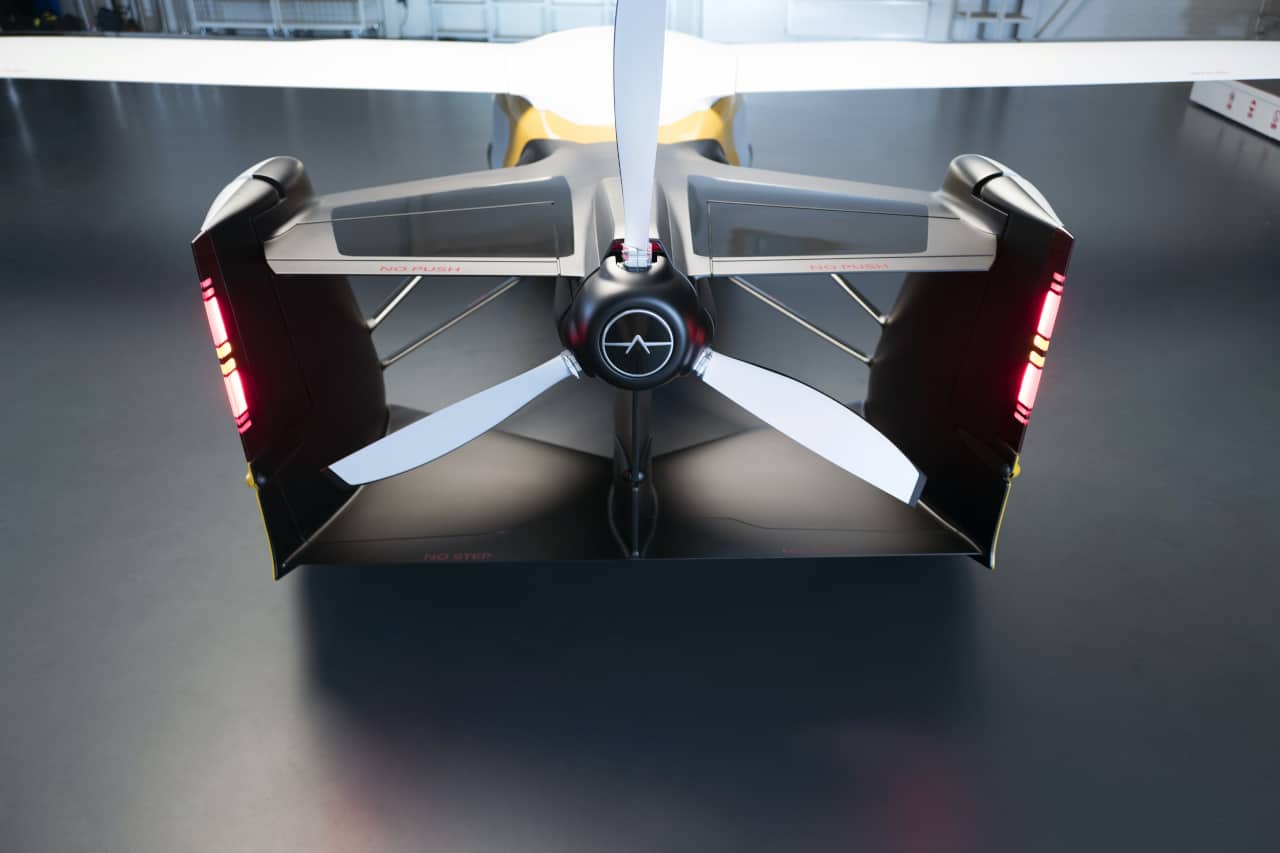
AeroMobil
Uber plans to launch its aerial ridesharing network in Dallas, Los Angeles and Melbourne in 2023. They have plans to build a series of “skyports” for arrivals and departures. (Think heli-pad-meets-train station.)
While Uber’s initial focus is on city-to-the-suburbs transit, inter-city air travel is the long-term goal.
The big guns
Most of North America’s big-name aircraft manufacturers have skin in the eVTOL game, including Bell, Airbus, Boeing and Brazilian plane maker Embraer.
But so do ground vehicle manufacturers like Hyundai and Toyota.
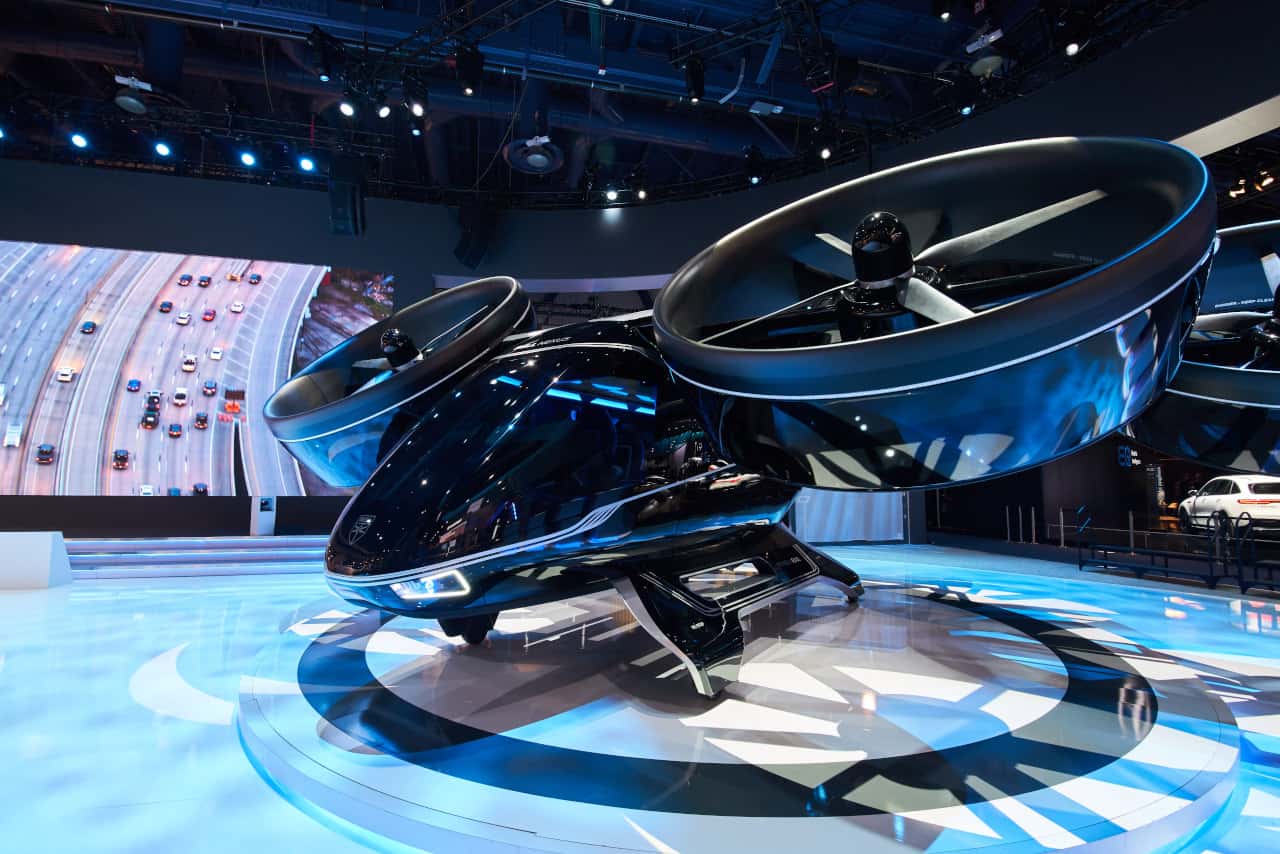
Bell CES
At the Consumer Electronics Show (CES) in Las Vegas in January, Hyundai debuted a futuristic concept vehicle intended to be part of a suite of eVTOL aircraft. The company is one of several partners in the planned Uber Elevate program.
The Bell Nexus is similar to many other eVTOL aircraft, with an aerodynamic passenger cabin that resembles a minivan. It has four large rotors that sit parallel to the ground during takeoff and landing. Those rotors become perpendicular during flight to provide forward movement.
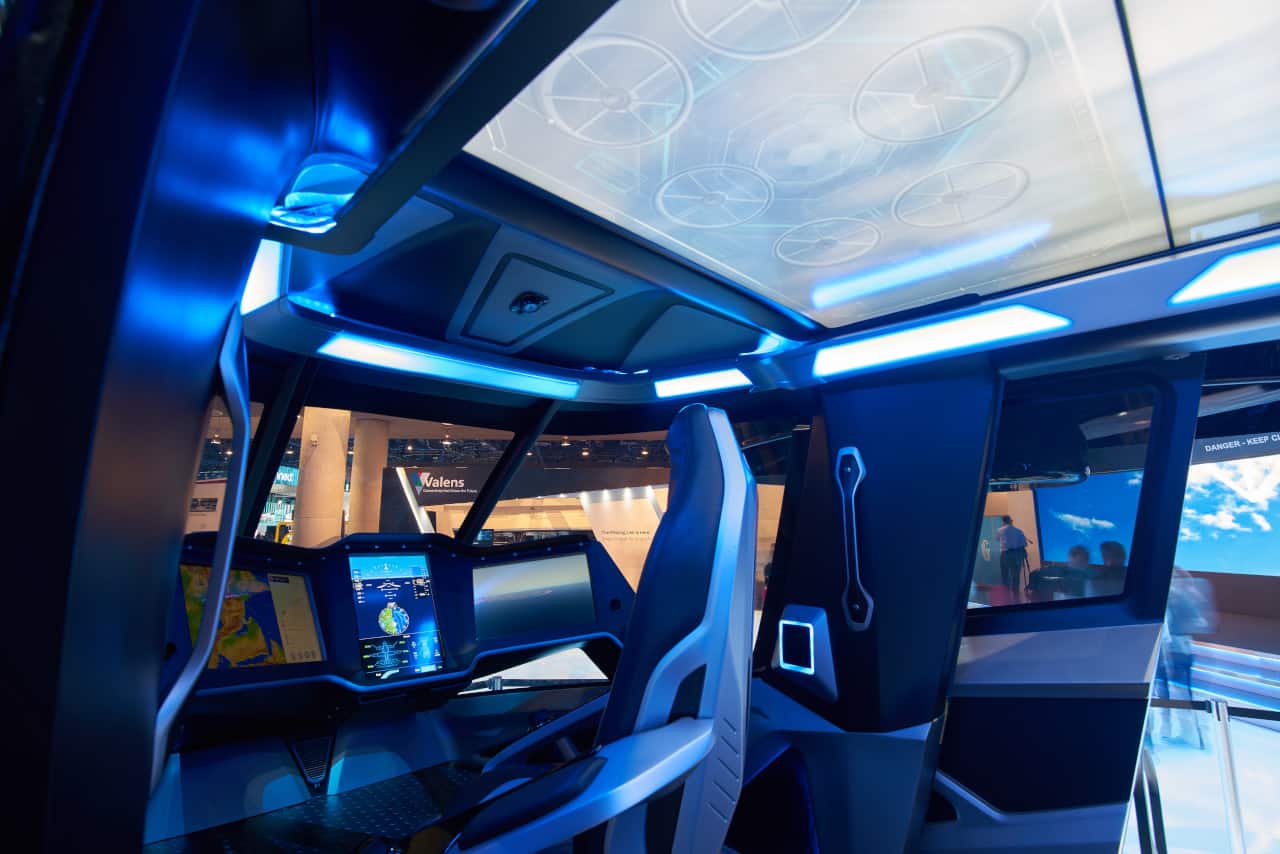
CityAirbus, a functional platform that first flew in May 2019, has four fully-electric, fixed-pitch propellers. It has a four-passenger capacity, and a targeted cruise speed of about 120 kilometres per hour. Airbus says it has completed more than 100 test flights in its full-scale prototype.
Embraer has grouped its eVTOL offerings into a standalone company, Eve Urban Air Mobility Solutions. It is developing a “lift-plus-cruise” system that uses horizontal rotors for upward motion and separate vertical aft-propellers to move forward.
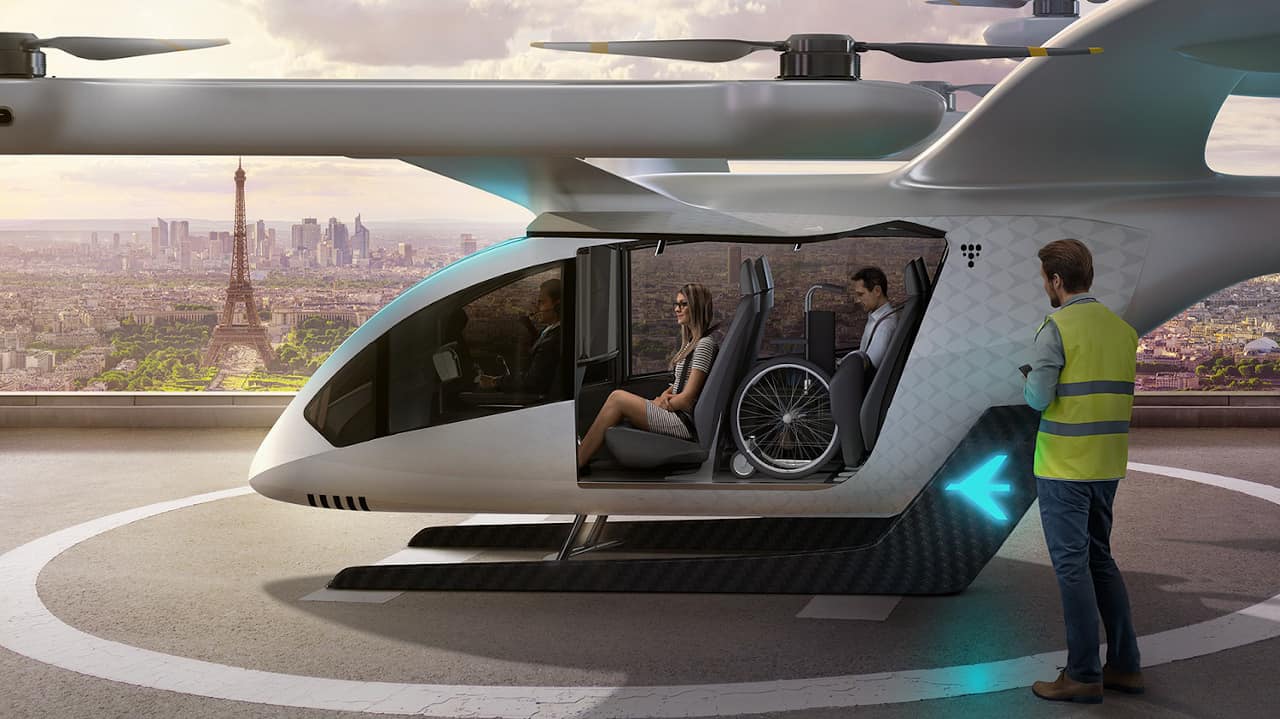
“Not having tilting mechanisms allows us to have a simpler solution that is easier to certify,” said Andre Stein, the newly-minted CEO of Eve, in an interview with eVTOL.com
“And when you keep the aircraft simple, that adds to reliability as well. That addresses cost challenges through utilization.”
The Startups
KittyHawk is likely the best-known eVTOL start-up, thanks to Page’s Google affiliation and tech-sector celebrity. The company has reportedly been testing its electric Heavyside platform since 2019. It will have the ability to fly 160 km on a single charge and a top speed of nearly 290 km/h.
Heavyside uses less than half the energy per mile of travel than a Telsla Model S. It can take off and land within an unpaved 30-foot x 30-foot area, the company said.
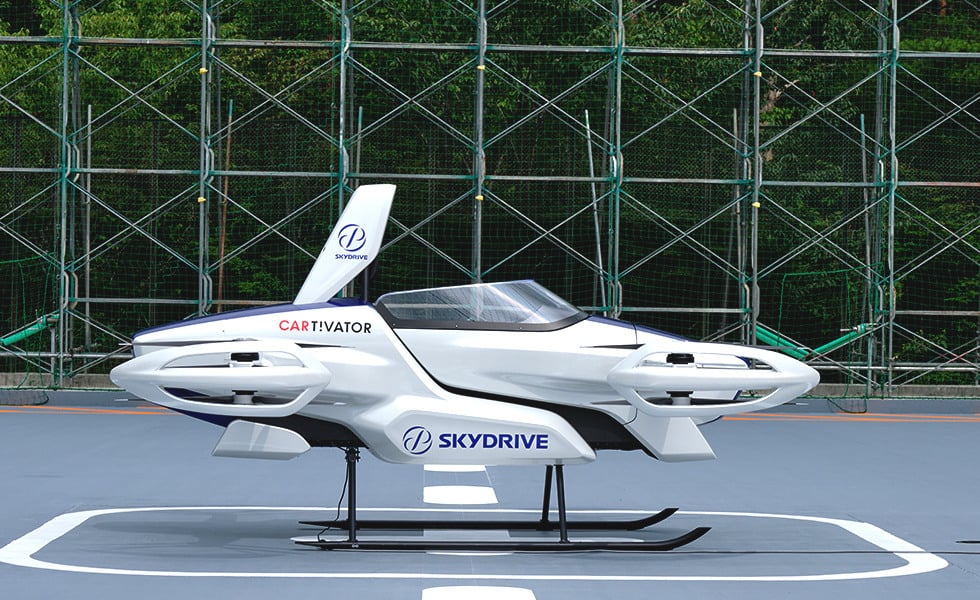
Lesser-known firms like Pipistrel, Volocopter and Canadian-born Opener (which has since moved to Silicon Valley) have been steadily honing their technology for years.
The Toyota-backed SkyDrive SD-03 is not the most-proven platform in this sea of contenders. But it’s one of the few eVTOL aircraft that comes close to resembling a Jetsons-style flying car.

Its small, sporty cockpit evokes the styling of a high-end roadster. And its tiny parallel rotor platforms make it much more compact than its competitors.
Long story short: It’s the kind aircraft you wouldn’t mind your friends see you flying. The future of flight looks a lot like this, and it’s spectacular.
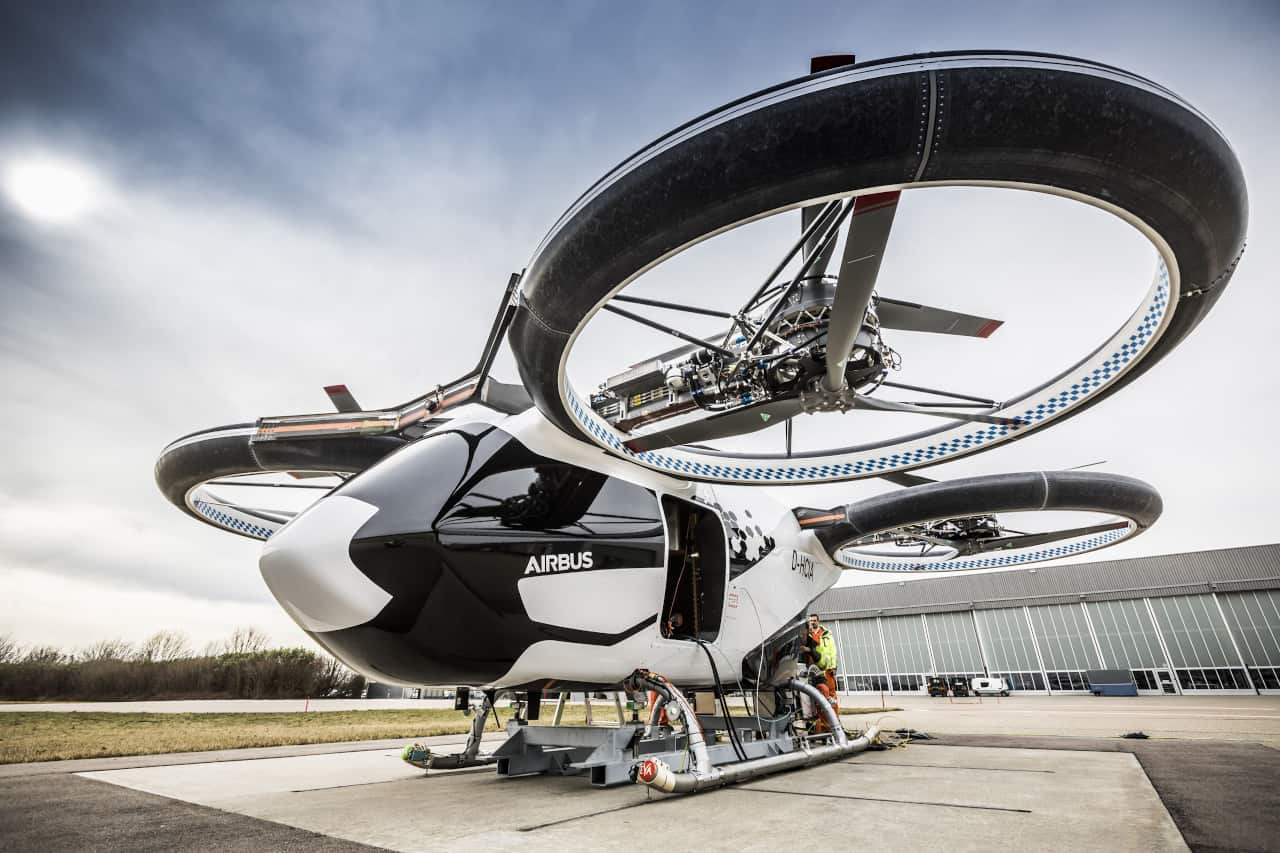
Ben is a writer and editor based in southwestern Ontario. His work has appeared in Sports Illustrated, Broadview magazine, the National Post and several other national and international publications.



